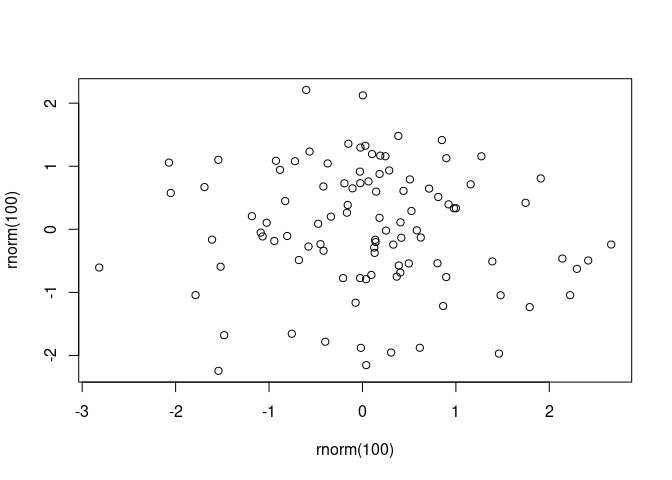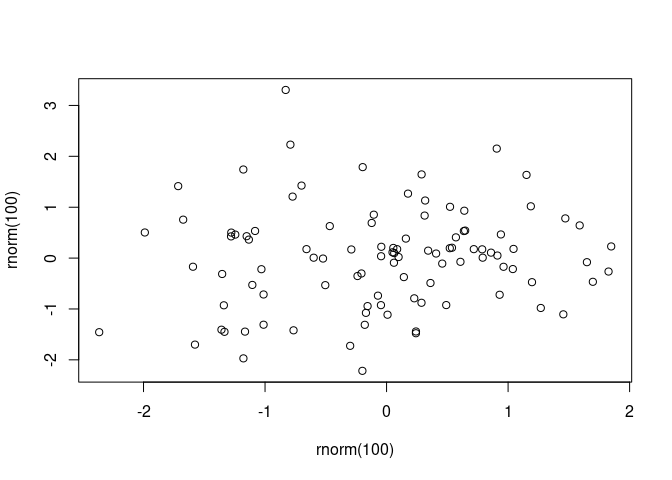The goal of documentNumbering is to provide figure and table numbering
in Rmd / qmd output formats that don’t normally provide figure numbers.
This package exists as an alternative to the number referencing provided
by the bookdown
package
as well as those provided by quarto.
You can currently install from GitHub with:
# install.packages("remotes")
remotes::install_github("rmflight/documentNumbering")The way to use this is the actual {R6} object, dn_counter that gets
updated, and contains all the information for printing, and which you
initialize with whatever values you want for a prefix, and a character
to use to replace any spaces in the prefix.
library(documentNumbering)
# a normal example in a main manuscript
my_counter = dn_counter$new("Figure ", "_")
my_counter
#> dn_counter:
#> prefix: Figure
#> link: no
#> file_replace: Figure_
#> count:
#> names:
#> NULL
# one where you want an "S" in front of the number
s_counter = dn_counter$new("Figure ", "_", "S")
s_counter
#> dn_counter:
#> prefix: Figure
#> link: no
#> file_replace: Figure_
#> count:
#> names:
#> NULLWhen it is initialized, there are no counts, and no names for the counts.
my_counter$increment("descriptive_name")
my_counter
#> dn_counter:
#> prefix: Figure
#> link: no
#> file_replace: Figure_
#> count: 1
#> names:
#> [1] "descriptive_name"
s_counter$increment("a_name")
s_counter
#> dn_counter:
#> prefix: Figure
#> link: no
#> file_replace: Figure_
#> count: S1
#> names:
#> [1] "a_name"Here we can see that the count now includes a “1”, and In the case of
the s_counter, we can now see that the “S” gets added directly to the
counter, and the count is actually stored as a character.
We can also add multiple items at a time:
my_counter$increment(c("b_name",
"c_name"))Now we want to refer to it in the text, we can do:
my_counter$label_text("descriptive_name")
#> [1] "Figure 1"Often we want to refer to multiple figures at once:
# add another entry first
my_counter$increment("descriptive_2")
my_counter$label_text(c("descriptive_name", "descriptive_2"))
#> [1] "Figures 1-4"If we’ve supplied the incorrect name, we can change it if you really want (I doubt this comes up much, but it’s there).
my_counter$rename("descriptive_name", "descriptive_1")
my_counter
#> dn_counter:
#> prefix: Figure
#> link: no
#> file_replace: Figure_
#> count: 1, 2, 3, 4
#> names:
#> [1] "descriptive_1" "b_name" "c_name" "descriptive_2"When generating both HTML and Word output, you often want links to be
available between items in the HTML output. You can control whether link
text is input with the link option, and then label text with
label_text and captions with label_caption.
link_counter = dn_counter$new("Figure ", link = "yes")
link_counter$increment("a-name")
link_counter$label_text("a-name")
#> [1] "<a href=\"#a-name\">Figure 1</a>"
link_counter$label_caption("a-name")
#> [1] "<a id=\"a-name\">Figure 1</a>"There is something to note, if you are using quarto documents, you
cannot use chunk labels that start with fig or tbl, because then
they will require fig-cap and tbl-cap. However, you can use labels
that start with figure and table so they are easier to see in an
outline list.
One limitation of having linking, is the inability to label multiples,
currently. This may or may not be fixed eventually, but it will require
a bunch more logic to the label_text function.
In addition to just using the counter, there is the ability to modify
the file names of the figures generated. This is particularly useful if
you are creating figure files for a manuscript. If you set
keep_md: true in the yaml header, and then you can add a custom figure
processor, modify_path, which is one of the functions in the
dn_counter object you instantiate:
For rmarkdown:
output:
word_document:
keep_md: trueFor quarto:
output:
docx:
keep-md: truefigure_count = dn_counter$new()
knitr::opts_chunk$set(fig.process = figure_count$modify_path)
figure_count$increment(c("plot", "plot2"))And then to rename the figure file, you set the chunk label to be the same as the figure number you want to access:
```{r}
#| label: plot
plot(rnorm(100), rnorm(100))
```Alternatively:
```{r plot2}
plot(rnorm(100), rnorm(100))
```The figure file will be prepended with Figure_1- in the output
directory that is generated, which makes it much easier to refer to when
uploading files or sharing them with collaborators.

